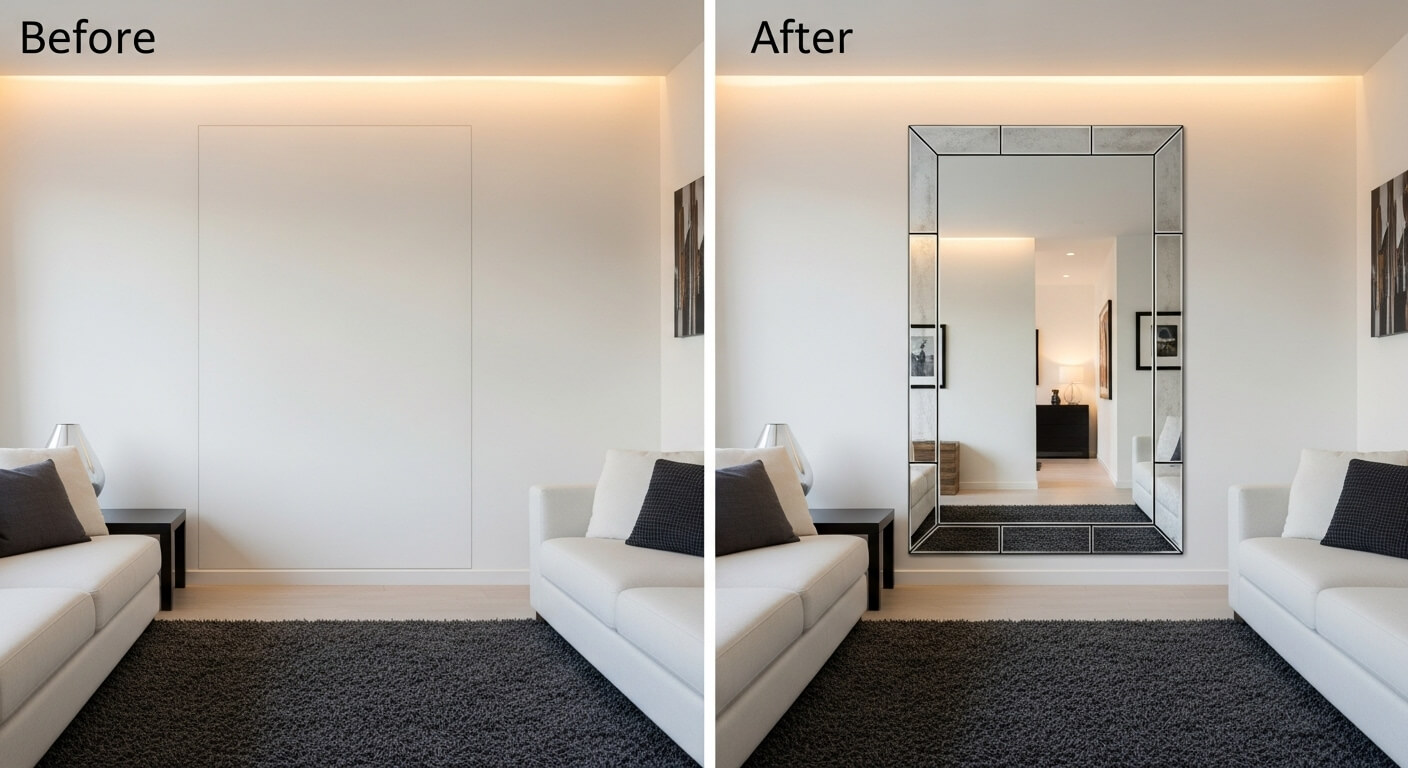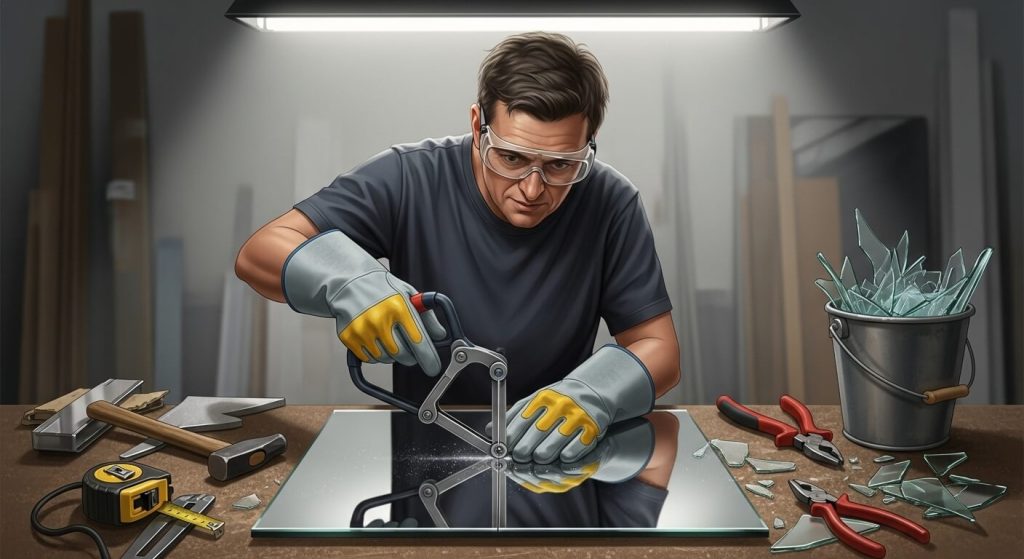
Cutting a mirror might seem intimidating, but with the right tools and steps, you can learn how to cut a mirror accurately and safely. Whether you’re working on a DIY home décor project, replacing a broken piece, or figuring out the best way to cut a mirror, this guide will help you complete the job like a professional.
You may also like: Scalloped Wall Mirror – 10 Benefits That Make It Perfect for a Stylish Home
Why You Might Need to Cut a Mirror
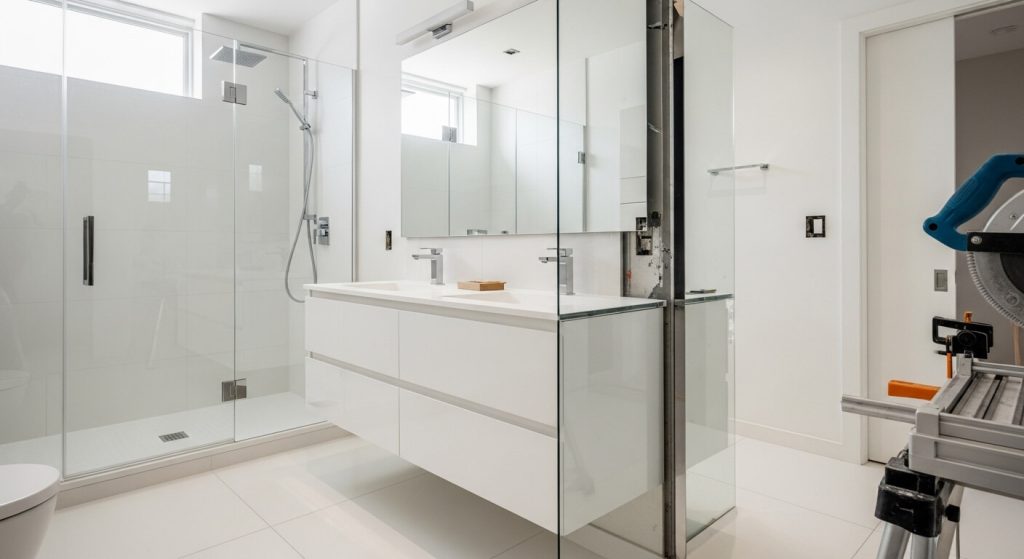
From customizing bathroom mirrors to upcycling vintage frames, knowing how to cut mirror can save you money and enhance your creativity. Many DIYers take on this skill to personalize home projects. Learning how to cut mirrors is especially useful when you want to create unique shapes, fit unusual spaces, or cut down a large panel into smaller sections.
Tools Required for Cutting a Mirror
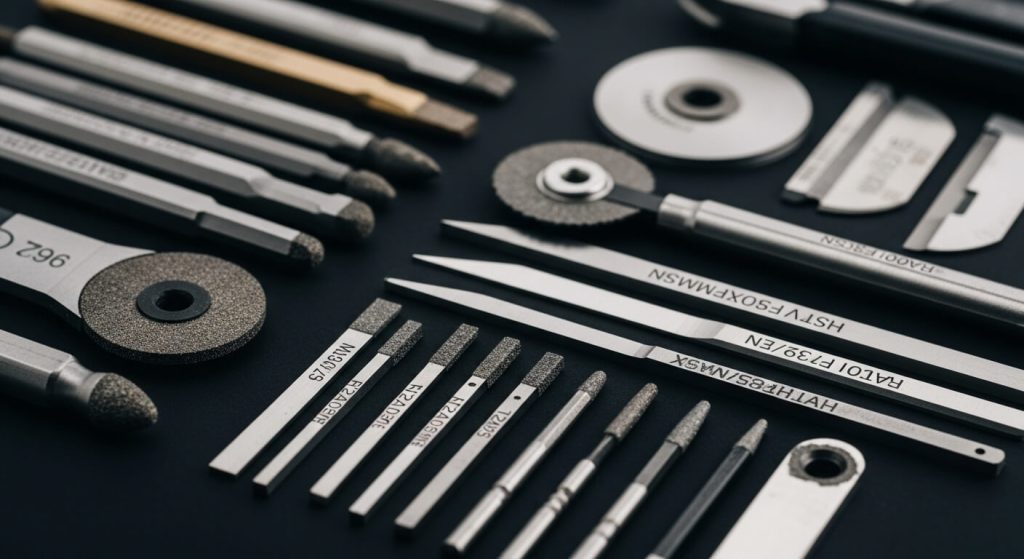
To cut a mirror properly, you’ll need the following tools:
- Glass cutter (oil-based recommended) – ideal for cutting a mirror and for those wondering how to use a glass cutter on a mirror
- Straightedge or ruler
- Marker or grease pencil
- Safety gloves and goggles
- Sandpaper or mirror edge sealer
- Drop cloth or towel
Invest in quality tools to improve cutting accuracy and reduce risks. If you’ve ever wondered, “How do you cut glass mirror?”—the answer starts with having the right equipment.
Safety First: Protective Gear You Must Use
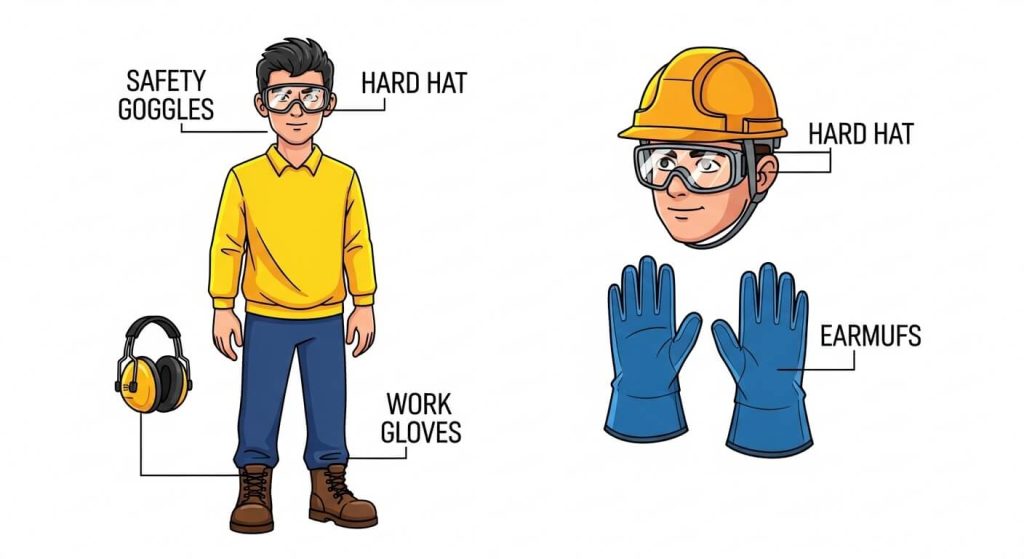
Always prioritize safety when learning how to cut a mirror without breaking it. Glass can splinter, causing serious injuries. Here’s your safety checklist:
- Safety goggles to protect your eyes
- Gloves to shield hands from sharp edges
- Long sleeves to cover exposed skin
- A clear, uncluttered work area
Whether you’re learning how to cut a bathroom mirror or figuring out how to cut large mirror panels, safety gear is non-negotiable.
Preparing the Mirror for Cutting

Preparation is crucial for cutting mirror successfully. Clean the mirror thoroughly and lay it flat on a stable surface covered with a towel. Measure the area you need and mark your cut using a grease pencil and ruler.
A properly prepared surface makes it easier to cut mirror glass and cut a piece of mirror cleanly.
Step-by-Step: How to Cut the Mirror
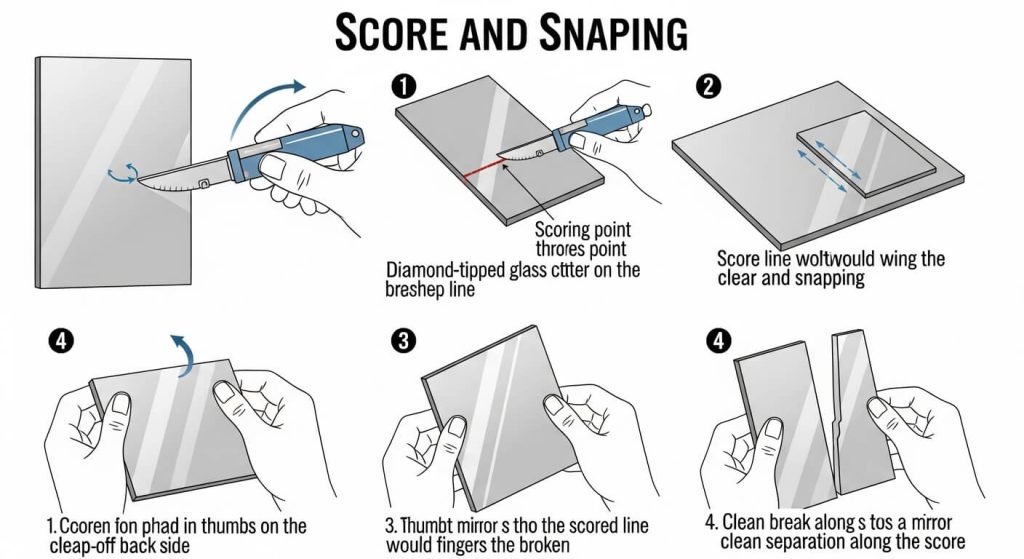
Here’s the core method for cutting a mirror at home:
- Place the straightedge along your marked line.
- Firmly score the mirror in one continuous motion with the cutter. (How cut mirror glass effectively requires a single, even score.)
- Position your hands on each side of the score line and gently snap the mirror.
- Use sandpaper to smooth any sharp edges.
This is the most crucial part of learning how do you cut a mirror—so take your time.e most crucial part of learning how to cut the mirror, so take your time.
Tips to Avoid Breakage and Injuries
- Score only once; repeated scoring weakens the mirror.
- Always cut on a flat, cushioned surface.
- Apply even pressure while scoring.
- Never use a cracked mirror for cutting—it’s too dangerous.
Whether you’re wondering can you cut mirror glass or can you cut a mirror at home, following these tips will help you get clean results without cracks.
Common Mistakes to Avoid
- Using a dull cutter
- Applying too much pressure
- Cutting without measuring twice
- Not wearing safety gear
Avoiding these mistakes improves your results and prevents accidents—especially for beginners learning how do you cut mirrors for the first time.
Finishing the Edges of the Mirror
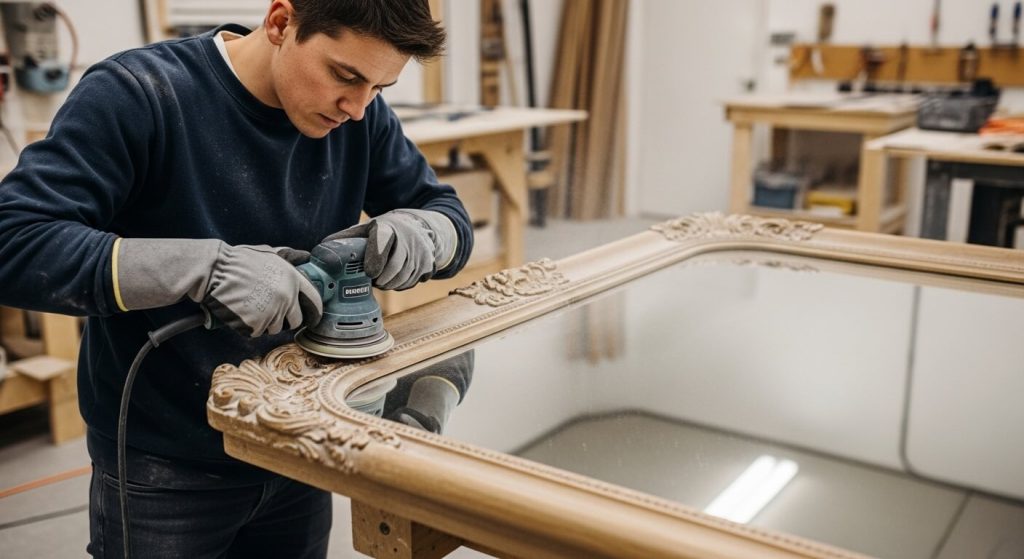
Raw mirror edges can be dangerously sharp. Smooth them with fine-grit sandpaper or apply edge sealing tape. For decorative projects, you can also use aluminum or wooden frames.
This step is essential whether you’re working on how to cut a bathroom mirror or learning how can you cut a mirror for craft projects.
When to Call a Professional
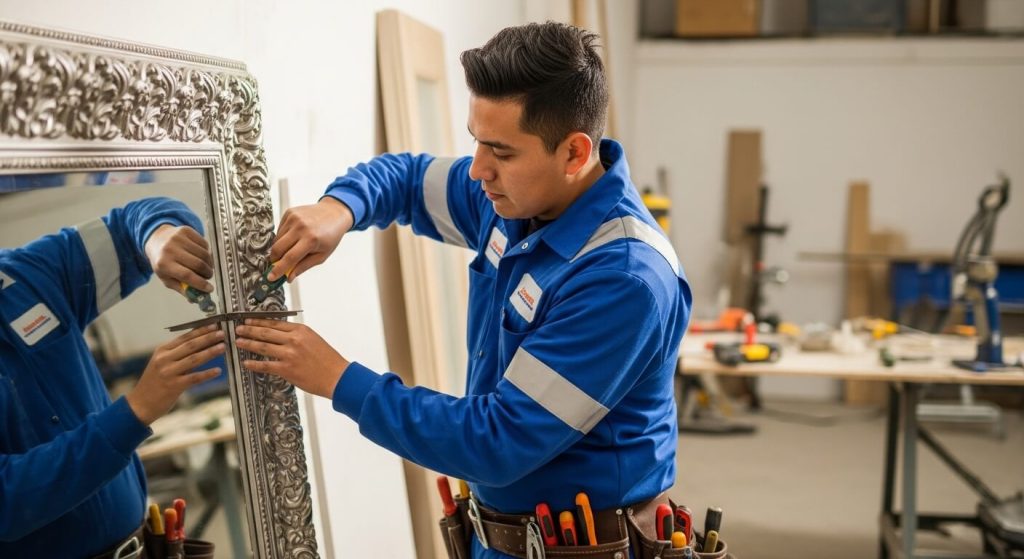
If the mirror is large, expensive, or part of a complex installation, it’s best to consult a professional glazier. Even if you know how do you cut mirror yourself, there’s no shame in seeking expert help for high-stakes projects.
Final Thoughts & Additional Resources
By now, you should feel confident about how to cut a mirror at home safely and efficiently. Just remember: practice makes perfect, and the right tools make all the difference—especially if you’re learning how to cut mirrors with a glass cutter or attempting how to cut a mirror without breaking it.
More DIY Guides You May Like:
Frequently Asked Questions (FAQs) About How to Cut the Mirror
What is the easiest way to cut a mirror at home?
The easiest way to cut a mirror at home is by using an oil-based glass cutter and a straightedge. Clean the mirror, mark the line, score it in one smooth motion, and snap it gently along the score.
Can I cut a mirror without a glass cutter?
Technically yes, but it’s not recommended. Tools like diamond-tipped knives or tile cutters may work, but they increase the risk of shattering. A proper glass cutter is the safest tool when learning how do you cut glass mirror.
Is it dangerous to cut a mirror by myself?
It can be dangerous if safety precautions aren’t followed. Always wear gloves, goggles, and work on a flat surface. Knowing how to cut a piece of mirror properly reduces the risk of injury.
Do I need to sand the mirror edges after cutting?
Yes. The edges can be extremely sharp. Use fine-grit sandpaper or edge-sealing strips to prevent cuts and improve safety.
What type of glass cutter is best for mirrors?
An oil-fed glass cutter with a tungsten carbide or hardened steel wheel is ideal. These create clean, consistent scores essential for how to cut mirrors efficiently.
